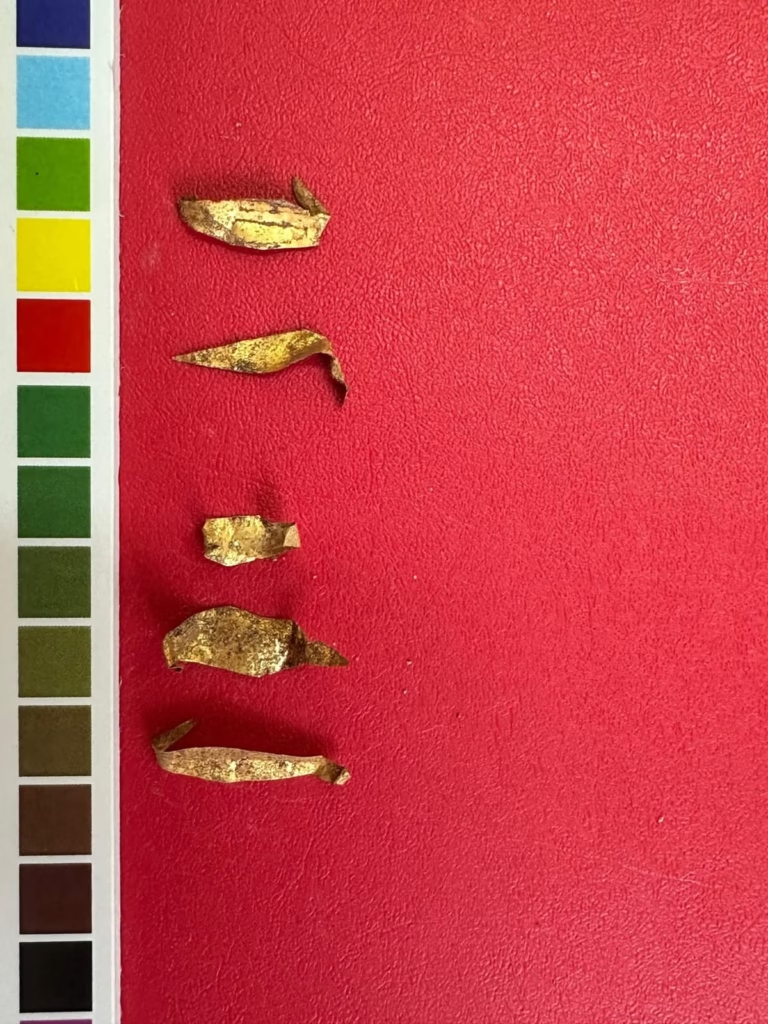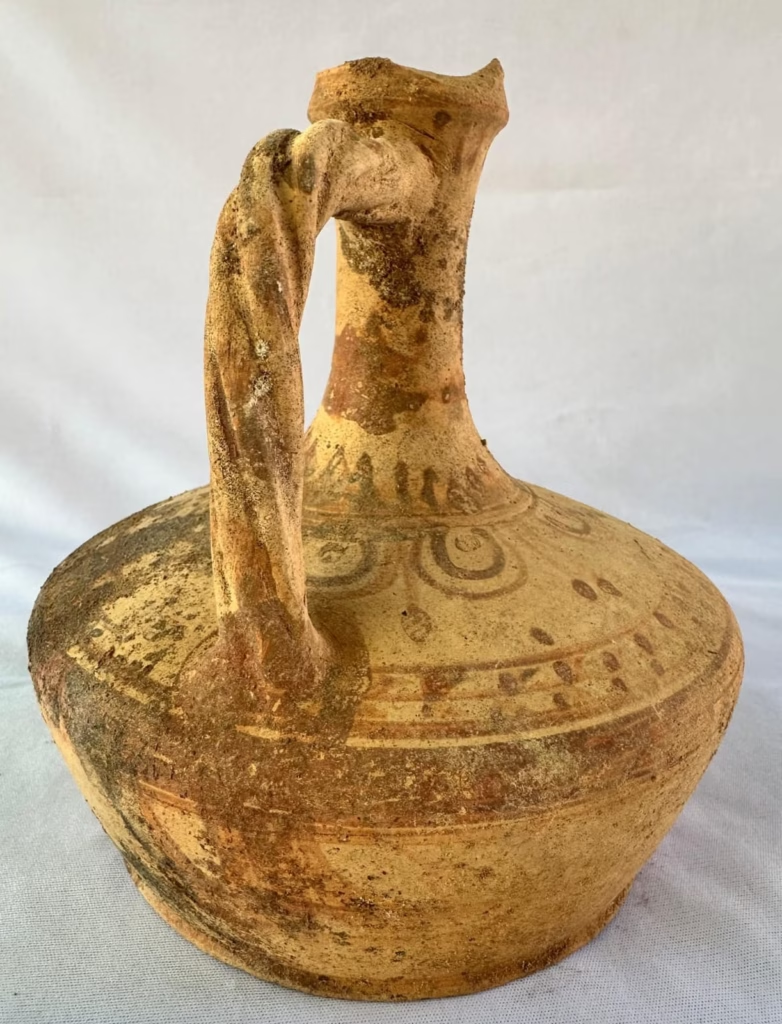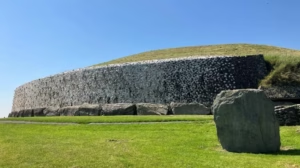A remarkable archaeological discovery has been made in Northern Cyprus! A rock-cut tomb dating back to the Hellenistic Period was uncovered following a collapse reported near the main route of Famagusta Port. The find is expected to shed new light on the region’s ancient history.
Collapse Leads to Historical Discovery
On June 21, 2025, around 6:00 PM, authorities received a report of a sudden ground collapse at a key area within Famagusta Port. Experts from the Department of Antiquities and Museums, operating under the Ministry of Tourism, Culture, Youth and Environment, were immediately dispatched to the scene.
Initial examinations revealed that the collapse had exposed a previously unknown ancient tomb carved into the bedrock.

Site Secured, Excavation Initiated
In coordination with the Famagusta Police Department and Port Security, strict protective measures were swiftly implemented. The site was placed under 24-hour surveillance to ensure its safety. Full-scale excavation work began on the morning of June 23, 2025.
Archaeologists uncovered a rock-cut burial chamber with three klinai (funeral couches), its entrance sealed with large stone blocks — a characteristic feature of Hellenistic tombs.

Significant Artifacts and Human Remains Found
The excavation yielded a rich collection of historical artifacts, including terracotta bowls, oil lamps, lagynoi (ancient pottery), glass and ceramic unguentaria, bronze coins and pins, as well as delicate gold leaf fragments. Human skeletal remains were also found inside the tomb.

Preservation and Museum Display to Follow
All archaeological materials are now undergoing cleaning, cataloging, and scientific analysis. After conservation efforts are completed, the artifacts will be prepared for public display in a local museum. Security will remain in place throughout the excavation process, supervised by Famagusta Port Police.
Cover Image Credit: Zirve Kıbrıs





